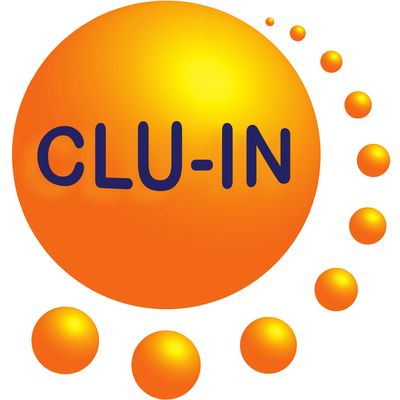Since 1998, The Contaminated Site Clean-Up Information (CLU-IN) website has presented Internet Seminars covering a wide variety of technical topics related to hazardous waste characterization, monitoring, and remediation. For each seminar topic, we have selected the highest-quality offering for placement in our archives. Beginning in May 2005, we began offering these archives via podcast, and this feed contains all seminars archived in the last 6 months. For a complete list of seminars archived since 2000 and videos of selected seminars archived since 2012, please visit http://clu-in.org/live/archive/. Our Rehabilitation Act Notice for reasonable accommodation is available at http://clu-in.org/training/accommodation.cfm. CLU-IN was developed by the U.S. Environmental Protection Agency (EPA) but is intended as a forum for all waste remediation stakeholders. For more information and to view upcoming live offerings, please visit http://clu-in.org/live/. For a complete list of RSS feeds available on CLU-IN, please visit http://clu-in.org/rss/about/.
http://www.clu-in.org/live/archive
Audio for "Matching Biochar Characteristics with Metals-Contaminated Soils to Effectively Reduce Metal Bioavailability at Mining Sites," Nov 7, 2017
There are approximately 500,000 abandoned mines across the U.S., which pose a considerable, pervasive risk to human health and the environment due to possible exposure to the residuals of heavy metal extraction. Historically, a variety of chemical and biological methods have been used to reduce the bioavailability of the metals at abandoned mine sites. Biochar is emerging as a novel soil amendment for agriculture and environmental applications that can be used to increase soil carbon, adjust soil pH, supply and retain nutrients, reduce heavy metal bioavailability, improve soil water holding and infiltration, sequester carbon, and provide refugia for soil organisms. Biochar is a charcoal-like, carbon-rich, porous byproduct of thermal pyrolysis or gasification. What makes biochar unique is that its properties are tunable, meaning that they can be manipulated or adjusted to optimize the benefits of using it as a soil amendment. It has the potential to complex and immobilize heavy metals to reduce bioavailability in situ. Simultaneously, biochar can improve soil conditions for plant growth and promote the establishment of a soil-stabilizing native plant community to reduce offsite movement of metal-laden waste materials. Because biochar properties depend upon feedstock selection, pyrolysis production conditions, and the activation procedures used, they can be designed to meet specific remediation needs and specific soil remediation situations. However, techniques are needed to optimally match biochar characteristics with metals contaminated soils to effectively reduce metal bioavailability Ongoing research at Formosa Mine in Oregon and other sites to immobilize heavy metals from tailings and revegetate the soil will be presented." To view this archive online or download the slides associated with this seminar, please visit http://www.clu-in.org/conf/tio/mining-bcr_110717/
